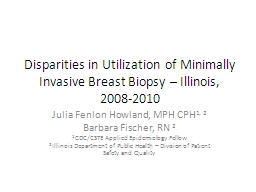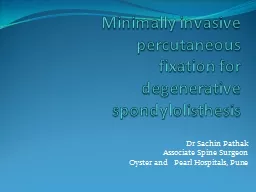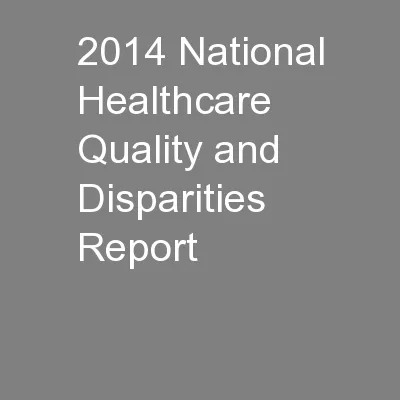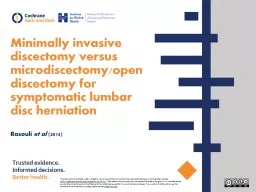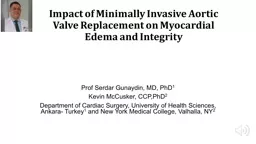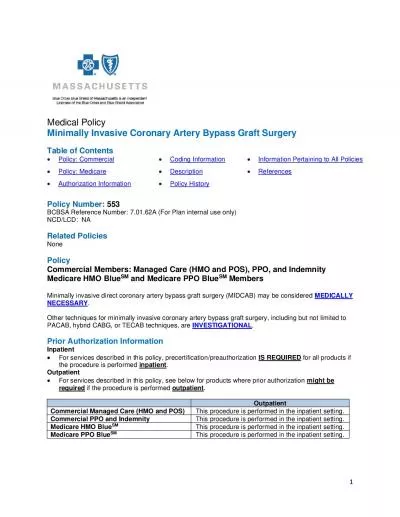PPT-Disparities in Utilization of Minimally Invasive Breast Biopsy – Illinois, 2008-2010
Author : ivy | Published Date : 2023-07-21
Julia Fenlon Howland MPH CPH 1 2 Barbara Fischer RN 2 1 CDCCSTE Applied Epidemiology Fellow 2 Illinois Department of Public Health Division of Patient Safety and
Presentation Embed Code
Download Presentation
Download Presentation The PPT/PDF document "Disparities in Utilization of Minimally ..." is the property of its rightful owner. Permission is granted to download and print the materials on this website for personal, non-commercial use only, and to display it on your personal computer provided you do not modify the materials and that you retain all copyright notices contained in the materials. By downloading content from our website, you accept the terms of this agreement.
Disparities in Utilization of Minimally Invasive Breast Biopsy – Illinois, 2008-2010: Transcript
Download Rules Of Document
"Disparities in Utilization of Minimally Invasive Breast Biopsy – Illinois, 2008-2010"The content belongs to its owner. You may download and print it for personal use, without modification, and keep all copyright notices. By downloading, you agree to these terms.
Related Documents

